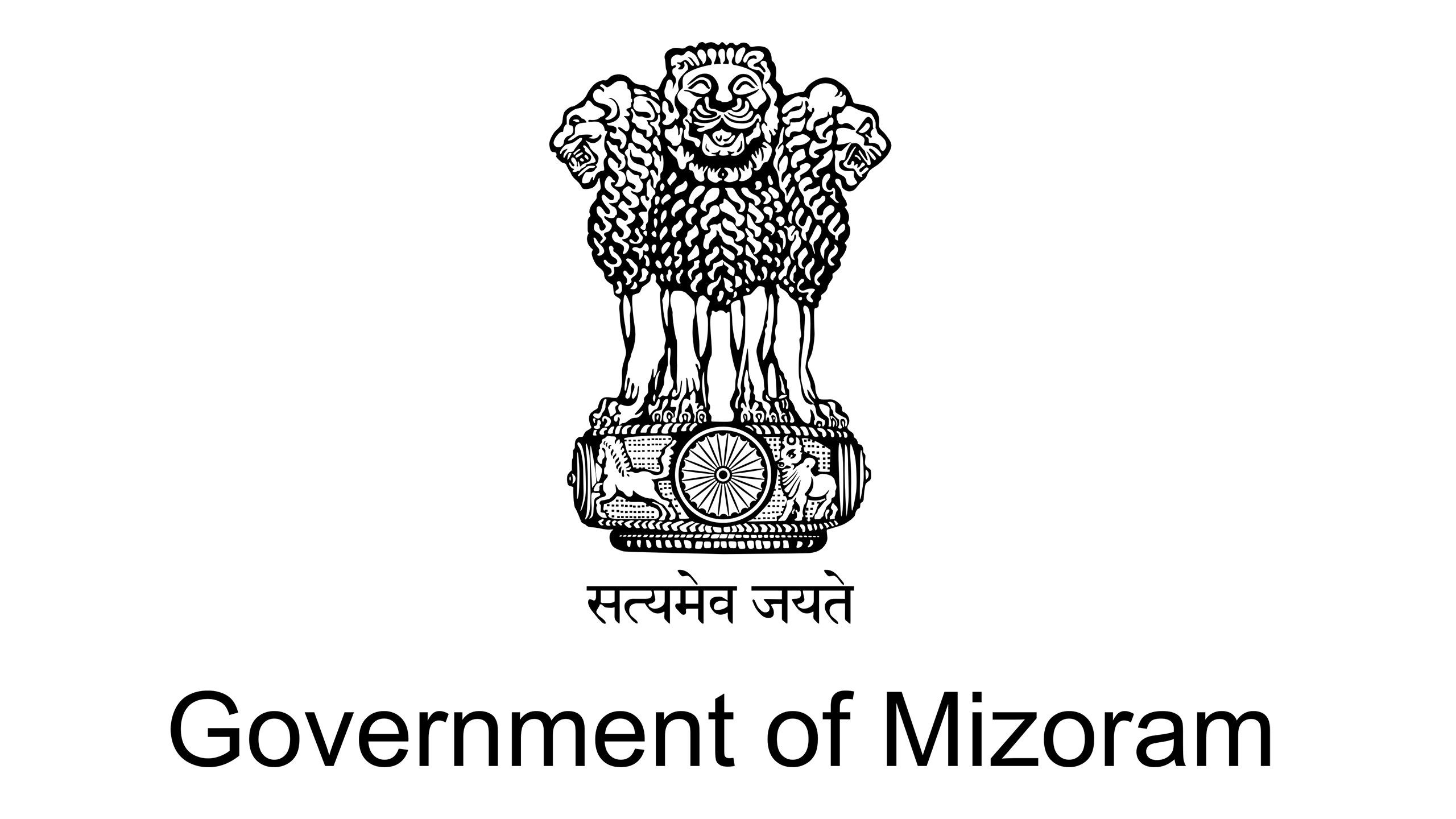Nestled in the heart of Odisha's Bargarh district, Debrigarh Wildlife Sanctuary stands as a testament to the delicate balance between human presence and natural ecosystems. Established in 1930, this sanctuary has witnessed profound transformations in wildlife conservation, representing a microcosm of India's evolving environmental policies and ecological understanding.
The sanctuary's landscape is intricately defined by the Barapahad hills and the expansive Hirakud reservoir, creating a unique habitat that supports an extraordinary diversity of flora and fauna. Its geographical positioning has made it a critical refuge for numerous species, including the majestic Indian gaur and the rare four-horned antelope. These animals navigate through a terrain that has been dramatically reshaped by human interventions, yet remarkably preserved through strategic conservation efforts.
Ecological preservation at Debrigarh is not merely about protecting wildlife, but about understanding the intricate relationships between different life forms. The sanctuary hosts over 250 plant species, many of which possess significant medicinal value. During winter months, the area becomes a vibrant sanctuary for migratory birds, transforming the landscape into a dynamic ecosystem that attracts researchers, conservationists, and nature enthusiasts from across the region.
The sanctuary's recent history is marked by significant socio-ecological interventions. The Odisha government's ambitious relocation project, which successfully moved over 800 people from three villages, represents a landmark effort in creating an inviolate space for wildlife. This strategic relocation not only provided improved living conditions for local communities but also established a more expansive and undisturbed habitat for the sanctuary's diverse inhabitants.
The Eco Tourism Complex at Barakhandia exemplifies the sanctuary's modern approach to conservation and sustainable tourism. Constructed using local materials like bamboo, the complex offers comfortable accommodations that provide stunning views of the Hirakud reservoir's backwaters. This infrastructure demonstrates a thoughtful integration of tourism, local employment, and ecological preservation, allowing visitors to experience the sanctuary's natural beauty while minimizing environmental disruption.
Historical records indicate that the area was once part of a vast wilderness, which gradually diminished with infrastructural development in independent India. Debrigarh represents one of the few remaining pockets of relatively undisturbed natural habitat, serving as a crucial corridor for wildlife movement and genetic diversity. The sanctuary's management has been particularly successful in maintaining a delicate equilibrium between conservation and minimal human intervention.
The sanctuary is particularly renowned for its "civilized animals," a term used to describe the remarkably calm wildlife, especially the Indian gaur. This unique characteristic is attributed to well-managed conservation strategies and the reduction of human-wildlife conflicts. The sanctuary's approach goes beyond mere protection; it represents a holistic model of coexistence that respects both ecological integrity and local community needs.
Located approximately 40 kilometers from Sambalpur town, Debrigarh Wildlife Sanctuary continues to evolve as a critical ecological zone. Its significance extends far beyond its immediate geographical boundaries, serving as a living laboratory for wildlife conservation, a sanctuary for endangered species, and a compelling narrative of humanity's potential to restore and protect natural ecosystems.



